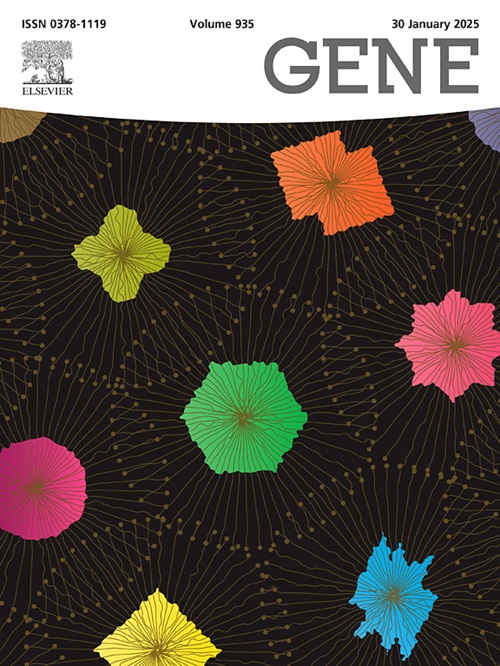The widespread misuse of StringTie’s gene identifier tags as de facto gene symbols does not allow consistent gene identification in published research
IF 2.6
3区 生物学
Q2 GENETICS & HEREDITY
引用次数: 0
Abstract
Current RNA sequencing techniques allow the characterization of novel genes and transcript isoforms, with StringTie being an effective and widely used tool for transcript assembly. In merge mode, StringTie assigns identifiers to putative genes, prefixed with “MSTRG” by default. These tags are sometimes used by authors as the designated name for genes or transcripts of high relevance in their work, even though they are unique and unambiguous only within the context of one analysis. In addition, when such identifiers are used, detailed genomic information is essential to identify the genes of interest clearly. In this report, we examined 161 studies that referred to a gene or transcript by its StringTie identifier in their title or abstract. Of these, only 41% provided sufficient information to clearly identify the gene(s) of interest and allow the reproducibility of the results and their comparison to further independent research. In light of this, we offer recommendations to address this issue and improve reporting standards.

广泛滥用StringTie的基因标识标签作为事实上的基因符号,使得已发表的研究无法进行一致的基因鉴定
目前的 RNA 测序技术可以鉴定新基因和转录本异构体,StringTie 是一种有效且广泛使用的转录本组装工具。在合并模式下,StringTie 会为推定基因分配标识符,默认情况下前缀为 "MSTRG"。这些标签有时会被作者用作与其工作高度相关的基因或转录本的指定名称,尽管它们只有在一次分析中才是唯一和明确的。此外,在使用此类标识符时,详细的基因组信息对于明确识别相关基因至关重要。在本报告中,我们研究了 161 项在标题或摘要中使用 StringTie 标识符提及基因或转录本的研究。其中,只有 41% 的研究提供了足够的信息来清楚地识别相关基因,并允许结果的可重复性以及与进一步的独立研究进行比较。有鉴于此,我们提出了解决这一问题和提高报告标准的建议。
本文章由计算机程序翻译,如有差异,请以英文原文为准。
求助全文
约1分钟内获得全文
求助全文
来源期刊

Gene
生物-遗传学
CiteScore
6.10
自引率
2.90%
发文量
718
审稿时长
42 days
期刊介绍:
Gene publishes papers that focus on the regulation, expression, function and evolution of genes in all biological contexts, including all prokaryotic and eukaryotic organisms, as well as viruses.
 求助内容:
求助内容: 应助结果提醒方式:
应助结果提醒方式:


